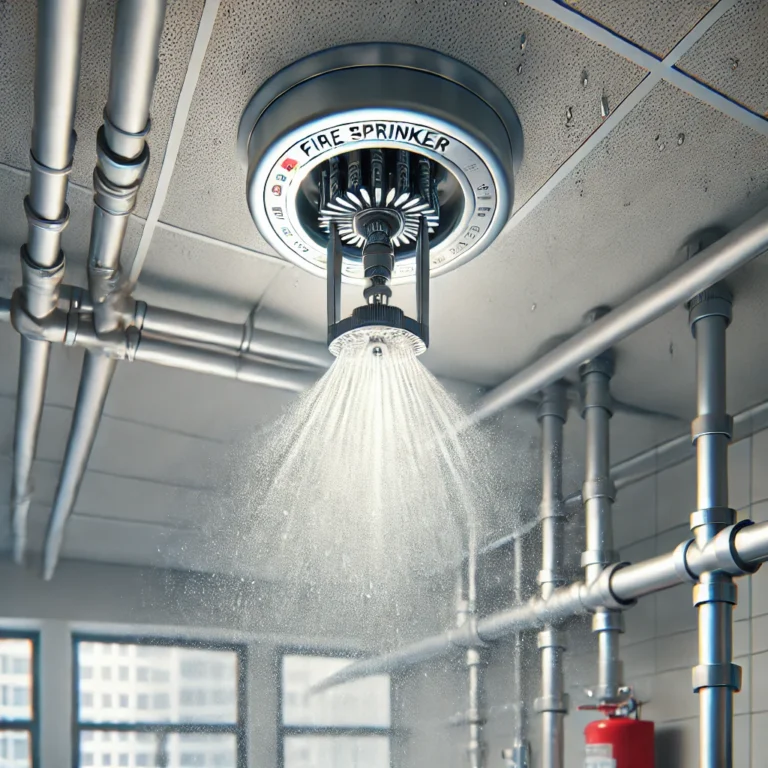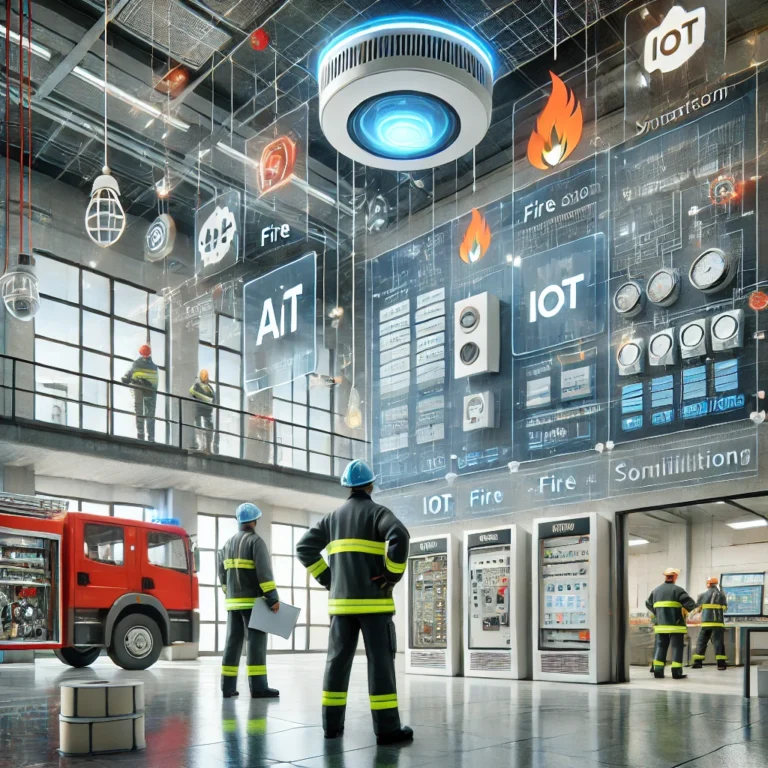Fire sprinkler systems are a crucial line of defense in fire safety, offering automatic suppression to protect lives and property. Companies like SRJ Piping India specialize in designing and installing high-performance sprinkler systems tailored for industrial and commercial spaces. Regular fire safety maintenance ensures these systems remain operational and compliant with safety regulations.
To understand global fire safety standards, refer to NFPA 13 Fire Sprinkler System Standards for design and installation guidelines, and Bureau of Indian Standards (BIS) for compliance requirements in India. Proper installation and maintenance of fire sprinklers ensure maximum protection against fire hazards.


